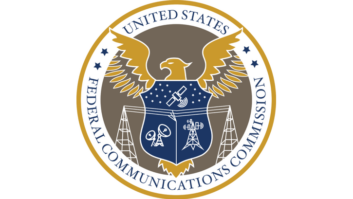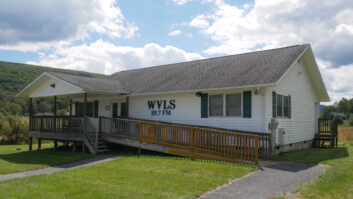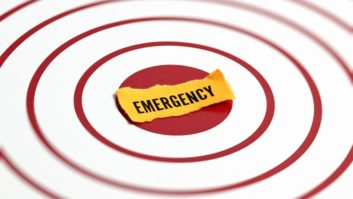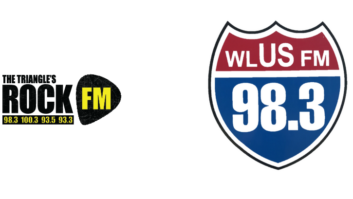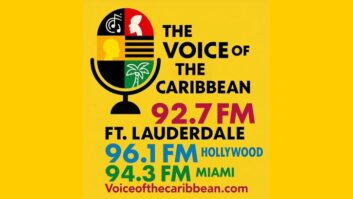We may talk about New Year resolutions, but by early February many of those are probably forgotten! Let’s try to stick to ours, particularly if they involve maintaining AM and FM facilities in 2025.
This is a great time to begin your first quarterly tower inspection of the year. And if you are responsible for an AM, remember that you’ll need to take an annual occupied bandwidth measurement. Yes, you have 14 months from the prior measurement, but why not get it out of the way?
On a related note, Larry Wilkins of the Alabama Broadcasters Association recommends that you keep an Authorization Notebook. In a recent edition of his “Monday Morning Coffee and Technical Notes” email, Larry says a notebook will help you ensure that your authorizations are in place and current. He suggests you keep at least on file the 10 items shown in the accompanying image.

Larry’s weekly email is a must for engineers, free for the asking. Drop a note to [email protected], and let him know you read about it in Workbench.
Cardboard to the rescue
After reading our column in December about items to keep at your transmitter site, Dick Abraham, news editor for SBE Chapter 3, wrote to add one.
He suggests you keep a couple of large, flattened corrugated cardboard boxes on hand. These are easy to store flat, out of the way, against a wall, but will come in handy during winter transmitter site visits to provide “insulation” when you need to stand on a cold concrete slab for any length of time.
One box works well, but two will really make a difference in keeping your feet warm. And if you are stranded on a cold night, they beat sleeping on a cold concrete floor!
Dick started his career in 1960 at KARD(TV), which eventually merged into the Kansas State Network. Though he retired in 2002 with 42-1/2 years of service, Dick still edits and publishes the local chapter newsletter.
Watch that first step
As “snow fronts” blanketed much of the nation in the last couple of months, veteran engineer Bill Ruck wrote in to say that he has limited cold weather experience. Snow in San Francisco? Very rare.
Yet he learned a lot about cold and snow at 9,000 feet while working with officials in Humboldt County, Nev. Although their doors have cylinders for keys, access is controlled by cards and keypads that electrically unlock the door. With no key, there’s no lock to freeze. Bill did add anti-tampering covers to reduce the buildup of blown snow.
Bill and his team also learned that the concrete stoop had to extend well past the door. One of the directors stepped off the stoop and into feet of snow! Bill adds that they changed from poured concrete stoops to a steel-grate stoop. The steel grate provided more traction.
Free COVID test kits
Frequent contributor Frank Hertel reminds us that every U.S. household is eligible to receive four COVID test kits at no charge, courtesy of the federal government and us taxpayers. You simply fill out the form and the kits will be mailed to you. Visit https://covidtests.gov/.
Make a connection
William Harrison is chief engineer at WETA(FM) in Washington, D.C. He works with XDS satellite receivers and likes to break out the audio connections to a small printed circuit board, as seen in the accompanying images.

William designed and built the board to convert the DB9 connector to four RJ45 connectors. Using 4-40 screws, the breakout board can be secured to the rear of the satellite receiver. The cost to build adapters for two ATX receivers is about $70.

Want to do the same? He shared his PCB file with us. Just drop an email to [email protected] with “Please send me Harrison’s PCB file” in the subject line, and Radio World will email them to you.
Workbench submissions are encouraged and qualify for SBE recertification credit. Email [email protected].

